Step into the world of oud, where every scent tells a story, and no two fragrances are ever the same. From the smoky allure of Indian oud to the sweet whispers of Cambodian wood, each type of oud is as unique as the journey it takes to your senses. Whether you’re a seasoned oud enthusiast or a newcomer to the game, it’s time to know your oud!
By Region:
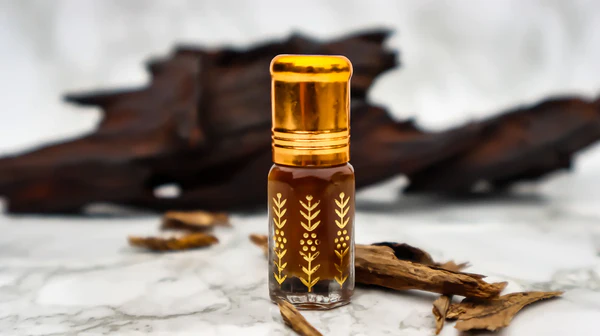
- Cambodian Oud: Known for its softer, more delicate scent, often sweet, woody, and slightly floral notes. It’s considered one of the most accessible types of ouds in terms of fragrance profile.
- Indian Oud: One of the oldest and most traditional forms of oud, Indian oud is often deep, rich, and more complex with earthy, smoky, and spicy notes. It is highly revered but can be intense for newcomers.
- Malaysian Oud: Malaysian oud typically has a bold, strong, and earthy aroma with a slight sweetness and a hint of animalic qualities. It’s often considered smoother and more balanced.
- Indonesian Oud: This type of oud often has a creamy, woody aroma with hints of leather and a bit of smokiness. It’s not as sharp as some other varieties, making it a popular choice for those who want a subtler experience.
- Laotian Oud: Known for being milder and more delicate – a vintage classic character – Laotian oud has a sweet, smooth, and less intense scent, making it a great choice for those looking for something more subtle.
- Thai Oud: Thai oud is often characterized by a fresh, vibrant, and slightly floral profile, balancing the traditional woody notes of oud with a more nuanced, lighter fragrance.
By Extraction Method:
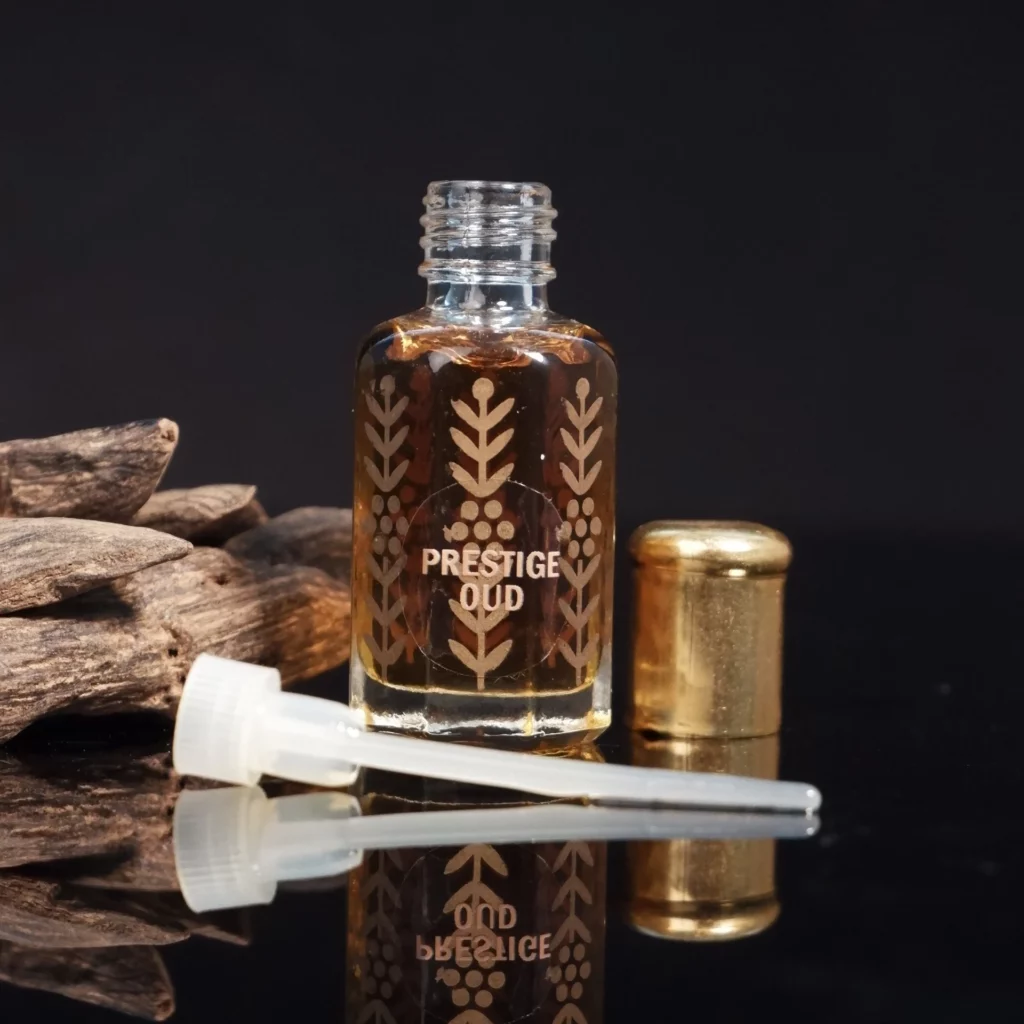
- Oil-Based Oud: This is the most traditional form of oud, extracted from agarwood through a distillation process. It results in a rich, concentrated oil that can last for hours. It’s commonly used in perfumes and incense.
- Agarwood Chips: These are small pieces of oud wood that have been soaked or burned for their scent. Often used in traditional incense and fumigants, agarwood chips produce a less intense fragrance compared to the concentrated oils.
- Oud Resin: The resinous substance that forms on the agar-wood tree as it becomes infected with mold. This resin is harvested and processed to create Oud oil or used in its natural form. It typically has a richer and more complex scent.
By Quality:
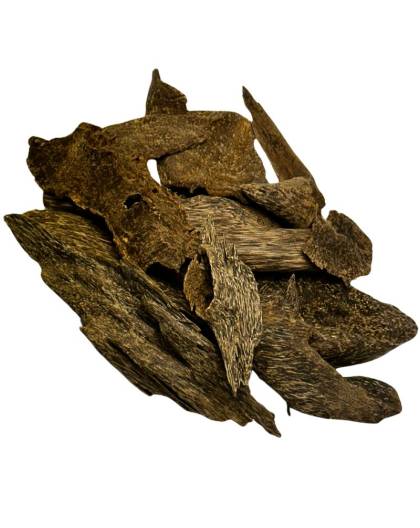
- Super-Grade Oud: The highest quality oud, often sourced from aged and carefully cultivated agarwood trees. It is more expensive and has a refined, rich fragrance.
- Grade A Oud: Slightly less premium than super-grade oud, but still high quality with a well-balanced aroma. It can be used in perfumes or as a standalone scent.
- Grade B/C Oud: These grades of oud tend to have a more raw, earthy scent and are often less expensive. While still highly valued, they are typically less refined in fragrance profile.
By Species:

- Aquilaria Malaccensis: The most common species of agarwood tree, found in Southeast Asia. It is the primary source of oud and has a deep, rich, and smoky scent.
- Aquilaria Crassna: A species native to Indochina, known for producing high-quality oud with a slightly sweeter and more floral fragrance.
- Gyrinops Versteegii: A rarer species, typically found in the Philippines and parts of Southeast Asia, known for its spicy, resinous fragrance.
By Age:
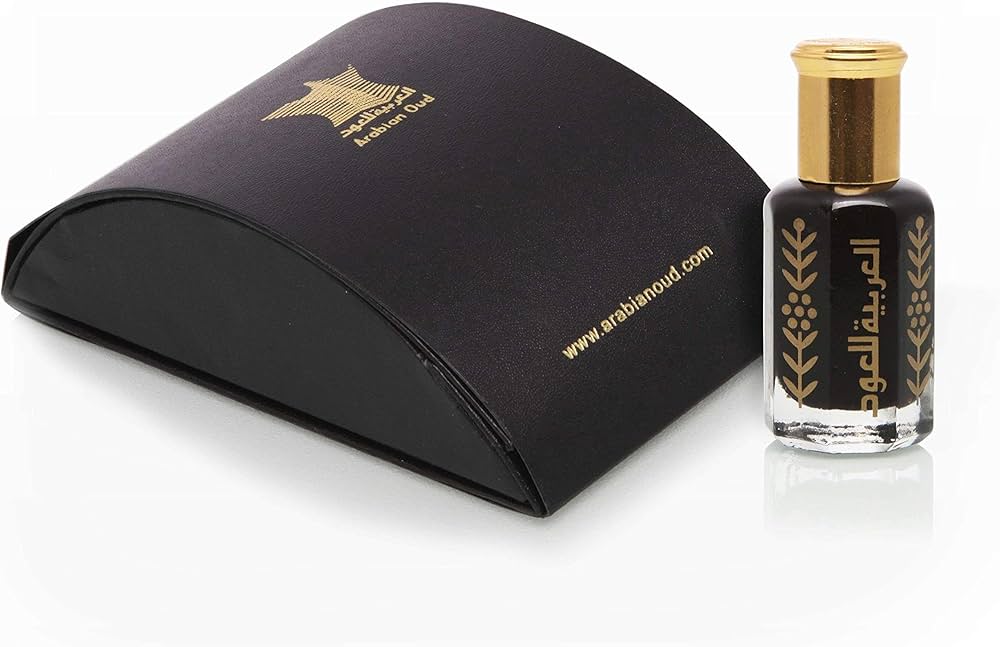
- Young Oud: Oud harvested from younger trees may have a more subtle and less intense fragrance. It’s often cheaper and used in more affordable products.
- Aged Oud: Oud from older, mature trees is highly sought after for its complex and rich scent. The aging process allows the fragrance to deepen and become more refined, making it more expensive and luxurious.
Blended Oud:
 Many brands blend different types of Oud to create unique, customized fragrance profiles. These blends can range from light and sweet to dark and smoky, catering to a wide variety of preferences.
Many brands blend different types of Oud to create unique, customized fragrance profiles. These blends can range from light and sweet to dark and smoky, catering to a wide variety of preferences.
Each type of Oud has its own distinctive aroma, which can appeal to different tastes, from light and sweet to deep, smoky, and complex. The quality and intensity can vary greatly, so choosing the right type depends on personal preference and how the Oud will be used.
(Contributed by Wajeeha Syed)

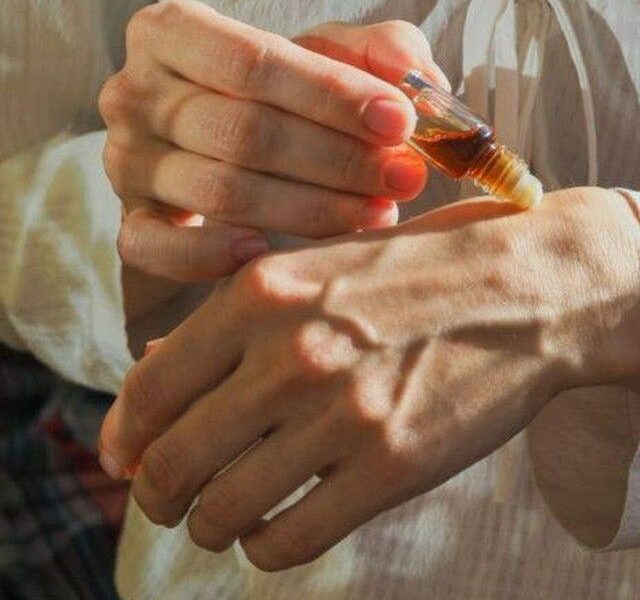
 Many brands blend different types of Oud to create unique, customized fragrance profiles. These blends can range from light and sweet to dark and smoky, catering to a wide variety of preferences.
Many brands blend different types of Oud to create unique, customized fragrance profiles. These blends can range from light and sweet to dark and smoky, catering to a wide variety of preferences.








